Welcome to the 2007 Honda Pilot Owners Manual, your comprehensive guide to understanding and maintaining your vehicle. This manual provides essential information on safety, maintenance, and features to enhance your driving experience.
Overview of the 2007 Honda Pilot
The 2007 Honda Pilot is a versatile SUV designed for both families and outdoor enthusiasts. It features a powerful 3.5L V6 engine, delivering smooth performance and reliability. With seating for up to eight passengers, the Pilot offers ample space for cargo and comfort. Its 4-wheel drive capability ensures excellent traction on various terrains, making it ideal for both city driving and off-road adventures. The Pilot combines practicality with style, featuring a spacious interior, flexible cargo options, and a robust design. Whether for daily commutes or family trips, the 2007 Honda Pilot is a reliable choice, blending functionality and durability to meet diverse needs. Its balanced performance and features make it a popular mid-size SUV in its class.
Purpose of the Owners Manual
The 2007 Honda Pilot Owners Manual serves as a comprehensive guide to help you understand and make the most of your vehicle. It provides detailed information on operating, maintaining, and troubleshooting your SUV to ensure optimal performance and safety. Whether you’re a new owner or familiar with the Honda Pilot, this manual is designed to be your go-to resource for all aspects of your vehicle.
From explaining essential features and controls to outlining maintenance schedules, the manual empowers you to take control of your driving experience; It also covers safety precautions, warranty details, and troubleshooting tips, ensuring you’re prepared for any situation. By reading and referencing this manual, you can maximize your vehicle’s potential and enjoy a smooth, trouble-free ownership experience. Always keep it handy for quick access to vital information whenever you need it.
Structure and Organization of the Manual
The 2007 Honda Pilot Owners Manual is organized into clear, user-friendly sections to help you quickly find the information you need. The manual is divided into main chapters, each focusing on specific topics such as safety, driving, maintenance, and troubleshooting. Each section begins with a black tab and a corresponding thumb index for easy navigation. The manual also includes a detailed table of contents and an index to help you locate specific topics efficiently. This structured approach ensures that you can access guidance on operating, maintaining, and customizing your vehicle with ease. Whether you’re looking for routine maintenance schedules or advanced features, the manual’s logical layout makes it a valuable resource for all your needs.
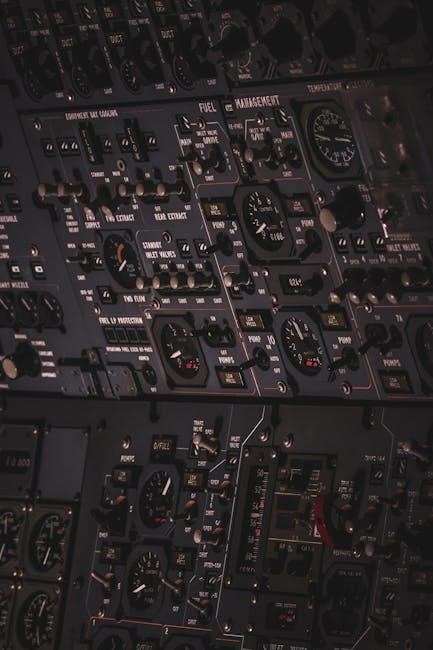
Key Features of the 2007 Honda Pilot
The 2007 Honda Pilot offers seating for up to eight passengers, a powerful VTEC engine, and advanced 4-wheel-drive capability. It features a robust design, ample cargo space, and a user-friendly navigation system, making it a versatile and reliable SUV for both family and outdoor adventures. The Pilot also includes modern technology, such as an infotainment system and safety features, ensuring a comfortable and secure driving experience.
Vehicle Specifications and Capabilities
The 2007 Honda Pilot is equipped with a powerful 3.5L V6 engine, delivering 244 horsepower and 240 lb-ft of torque. It features a responsive 5-speed automatic transmission and offers both front-wheel drive (FWD) and four-wheel drive (4WD) options. With a maximum towing capacity of up to 4,500 pounds, the Pilot is ideal for hauling trailers or boats. Its spacious interior accommodates up to eight passengers, with flexible seating configurations for cargo and passenger needs. The Pilot also boasts a robust suspension system, ensuring a smooth ride on both paved roads and off-road terrains. With an EPA-estimated fuel economy of 16 MPG city and 22 MPG highway, the Pilot balances power and efficiency. Its advanced drivetrain and versatile design make it a reliable choice for families and adventurers alike.
Interior and Exterior Design Elements
The 2007 Honda Pilot features a spacious interior designed for comfort and practicality. It seats up to eight passengers, with a third-row bench accommodating three. The interior includes a multi-functional center console, ample cargo space, and foldable rear seats for versatility. Premium cloth upholstery is standard, with optional leather trim for added luxury. The dashboard is user-friendly, with intuitive controls for climate, audio, and navigation systems. Externally, the Pilot boasts a rugged, SUV-inspired design with a bold front grille, alloy wheels, and a roof rack for added utility. Its aerodynamic shape ensures stability, while features like fog lights enhance visibility; The Pilot’s design balances functionality and style, catering to both families and adventure-seekers. The exterior’s durability and interior’s comfort make it a versatile vehicle for various lifestyles and needs.
Technology and Convenience Features

The 2007 Honda Pilot offers a range of advanced technology and convenience features designed to enhance your driving experience. The vehicle is equipped with a Multi-Information Display, providing essential data like fuel efficiency and trip details. A touchscreen navigation system is available, featuring voice recognition and real-time traffic updates. The audio system includes an AM/FM radio, CD player, and auxiliary input for connectivity. Steering wheel-mounted controls allow for seamless operation of the audio and cruise control functions. Additional features include Bluetooth® connectivity for hands-free calling and a tri-zone automatic climate control system for personalized comfort. Power windows, locks, and a remote entry system add convenience, while the rear entertainment system keeps passengers entertained on long journeys. These features make the Pilot a well-rounded choice for modern drivers seeking both functionality and comfort.
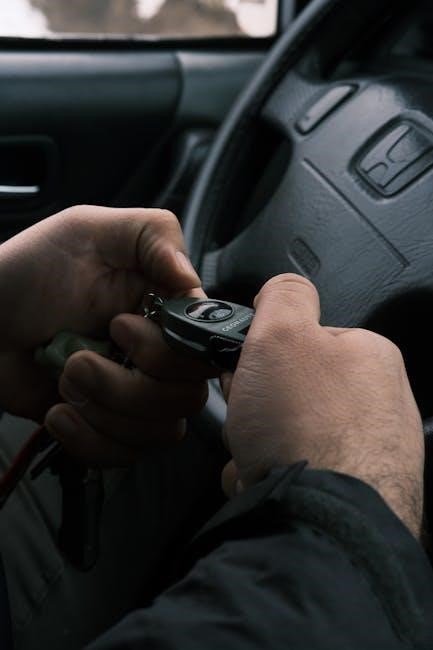
Downloading and Accessing the Manual
The 2007 Honda Pilot Owners Manual is available as a free PDF download, offering 324 pages of detailed information. Access it online or download for offline use.
How to Download the PDF Version
To download the 2007 Honda Pilot Owners Manual PDF, visit trusted sources like Honda’s official website or authorized platforms. Click the download link, select a location, and wait for the 324-page document to save. Ensure compatibility with your device for easy access. Always verify the source to avoid unauthorized versions.
Online Resources for the Manual
Accessing the 2007 Honda Pilot Owners Manual is convenient through various online platforms. Official Honda websites offer direct downloads, ensuring authenticity and reliability. Additionally, trusted third-party sites provide free PDF versions, often rated highly by users. Forums and automotive communities also share links, offering peer-verified sources. For added convenience, some platforms categorize manuals by year and model, making it easier to find the specific guide. Always verify the source to ensure you’re downloading the correct and updated version. These resources are invaluable for owners seeking quick access to the manual without physical copies.

Maintenance and Service Information
The manual outlines essential maintenance schedules and service requirements to keep your 2007 Honda Pilot in optimal condition. Regular servicing ensures longevity and performance.
Scheduled Maintenance Requirements
The 2007 Honda Pilot Owners Manual emphasizes the importance of following a regular maintenance schedule to ensure optimal vehicle performance. Routine tasks such as oil changes, tire rotations, and fluid checks are outlined in detail. The manual provides a timeline for when specific services should be performed, such as every 5,000 to 7,500 miles for oil changes. Additionally, it highlights the need for inspections of belts, hoses, and brakes at designated intervals. Proper adherence to these schedules helps prevent mechanical issues and ensures the longevity of your vehicle. Failure to follow these guidelines may result in reduced fuel efficiency, increased emissions, or even system failures. Refer to the manual for a detailed maintenance chart tailored to your Honda Pilot’s needs.
DIY Maintenance Tips and Guidelines
Performing routine maintenance on your 2007 Honda Pilot can be done at home with the right tools and knowledge. The owners manual provides step-by-step instructions for tasks like oil changes, tire pressure checks, and air filter replacements. Always use genuine Honda parts to ensure compatibility and performance. Regularly inspect belts and hoses for signs of wear, and replace them as recommended. Checking the battery terminals for corrosion and ensuring proper fluid levels are simple yet crucial tasks. The manual also offers tips for organizing a maintenance schedule to keep your vehicle in top condition. By following these DIY guidelines, you can save money and gain a better understanding of your vehicle’s needs.
Importance of Regular Servicing
Regular servicing is essential to maintain the performance, reliability, and longevity of your 2007 Honda Pilot. It ensures that all components function optimally, preventing unexpected breakdowns and costly repairs. By following the recommended service schedule, you can identify and address potential issues early, enhancing safety and fuel efficiency. Regular maintenance also helps preserve the vehicle’s value and warranty. The manual emphasizes the importance of using genuine Honda parts and adhering to specified guidelines for servicing. Proper care not only extends the lifespan of your Pilot but also ensures a smooth and enjoyable driving experience. Remember, regular servicing is a proactive approach to maintaining your vehicle in peak condition.
Safety Information and Precautions
Adhere to safety guidelines, warning labels, and precautions outlined in the manual to ensure safe operation and prevent accidents. Always follow recommended practices for driver and passenger safety.
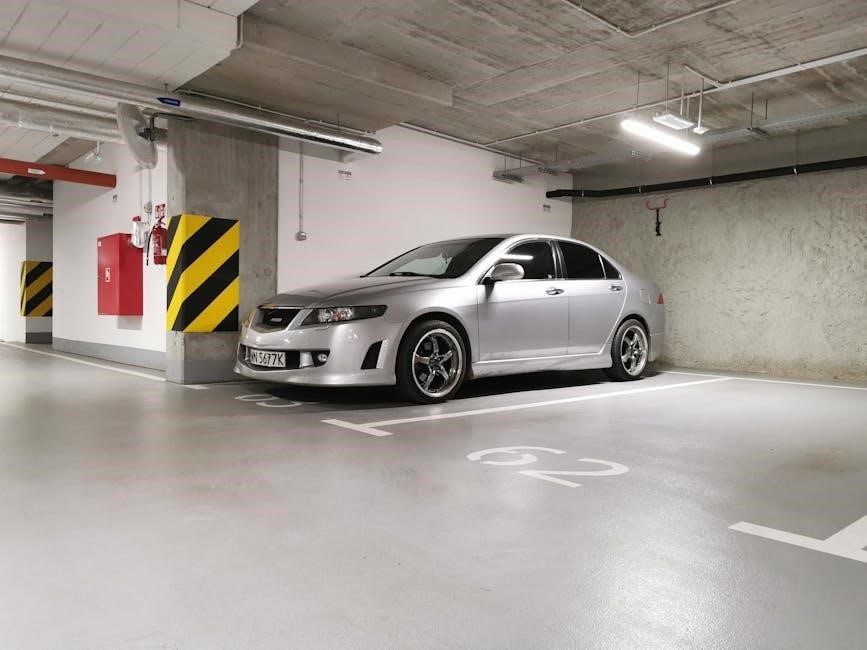
General Safety Guidelines
The 2007 Honda Pilot Owners Manual emphasizes critical safety practices to ensure a secure driving experience. Always wear seatbelts, as they significantly reduce injury risks. Properly secure child restraints, ensuring they meet safety standards and are correctly installed. Be aware of airbag locations and follow guidelines for safe usage. Avoid driving distractions, such as using electronic devices while operating the vehicle. Maintain proper following distances and adapt speed according to road conditions. Familiarize yourself with vehicle load limits to prevent overloading, which can compromise stability. Regularly inspect tires, brakes, and lights to ensure optimal safety. By adhering to these guidelines, you can minimize risks and enhance overall safety for both drivers and passengers.
Warning and Caution Labels
The 2007 Honda Pilot Owners Manual includes essential warning and caution labels to alert drivers and passengers of potential hazards. These labels are strategically placed throughout the vehicle to ensure visibility and understanding. They cover critical areas such as seatbelt usage, airbag deployment, and child safety restraints. The manual stresses the importance of adhering to these warnings to prevent injuries and ensure safe operation. Specific labels highlight risks associated with improper seatbelt use and the dangers of neglecting child restraint systems. Additionally, the manual advises against modifying or removing these labels, as they are vital for maintaining safety standards. Always refer to the manual for detailed explanations of each warning and caution label, ensuring you understand their significance and implications for safe driving practices.
Emergency Procedures
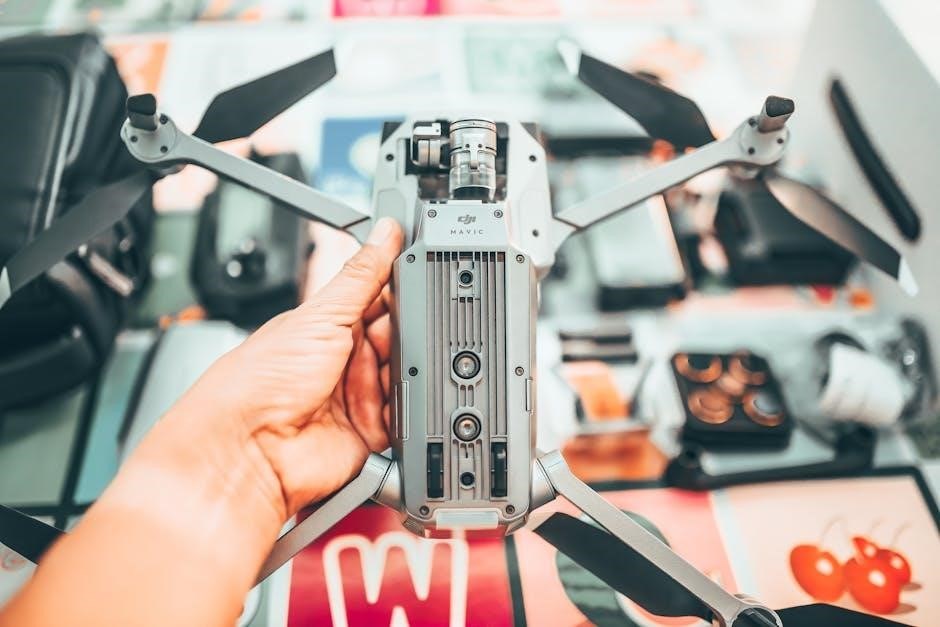
The 2007 Honda Pilot Owners Manual provides clear guidance on emergency procedures to ensure driver and passenger safety. In the event of an accident or system malfunction, the manual outlines steps for securing the vehicle and protecting occupants. It covers procedures for braking, airbag deployment, and post-collision actions. Additionally, the manual explains how to handle situations like a flat tire or breakdown, emphasizing the importance of using hazard lights and staying visible. For emergencies involving the electrical or fuel systems, specific instructions are provided to minimize risks. Always refer to the manual for detailed protocols, ensuring you are prepared to respond effectively in critical situations while following safety guidelines to protect yourself and others. Regular review of these procedures is recommended to stay informed and confident in emergency scenarios.
Navigation and Infotainment System
The 2007 Honda Pilot features an advanced navigation and infotainment system, offering GPS guidance, audio controls, and connectivity options. This section explains how to operate these systems effectively.
Understanding the Navigation System
The 2007 Honda Pilot’s navigation system provides turn-by-turn directions, voice commands, and real-time traffic updates. To use it, enter destinations via the touchscreen or voice input. The system includes a map database, allowing you to search for points of interest like gas stations or restaurants. Regular updates are recommended to ensure accuracy. Adjust settings such as volume, brightness, and route preferences for a personalized experience. For troubleshooting, refer to the manual or contact Honda support. Always follow on-screen instructions and avoid entering destinations while driving. The navigation system is designed to enhance your journey, providing clear guidance and convenience.
Operating the Audio and Entertainment Features
The 2007 Honda Pilot’s audio and entertainment system offers a variety of features for an enjoyable driving experience. Use the buttons on the dashboard or the steering wheel controls to adjust volume, change stations, or skip tracks. The system supports CD playback, auxiliary input, and Bluetooth connectivity for streaming music from your device. For a personalized sound experience, adjust the equalizer settings or select from predefined audio modes. To access advanced features, navigate through the menu using the touchscreen or voice commands. Refer to the manual for detailed instructions on pairing devices or troubleshooting connectivity issues. Ensure all settings are adjusted safely while driving. The entertainment system is designed to enhance comfort and convenience during your journey.
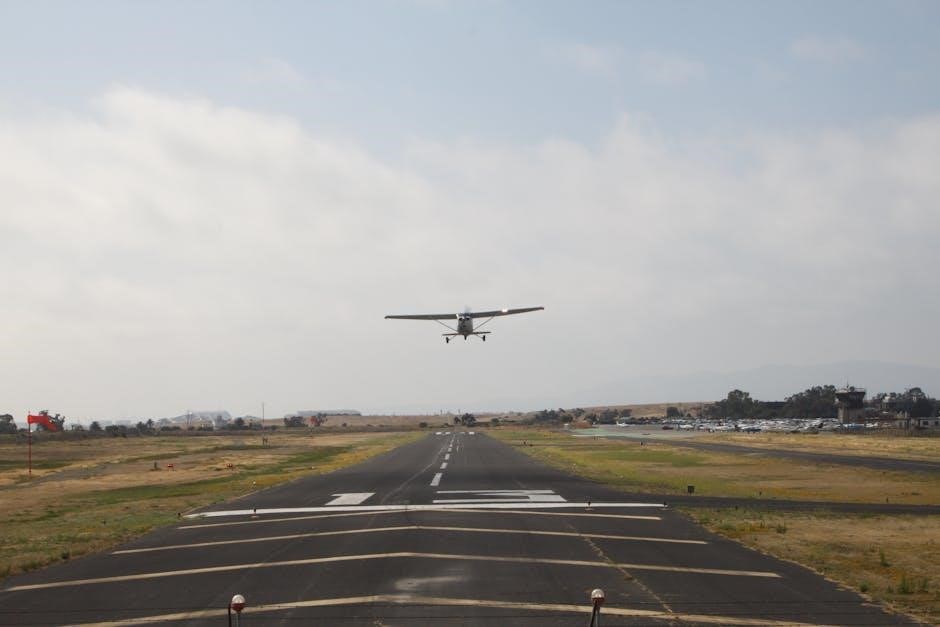
Troubleshooting Common Issues
Identify and resolve common issues with your 2007 Honda Pilot using the manual’s troubleshooting guide. Check dashboard warning lights, review error codes, and follow step-by-step solutions for repairs.
Identifying and Resolving Common Problems
The 2007 Honda Pilot Owners Manual provides detailed guidance for identifying and resolving common issues. Start by checking dashboard warning lights, such as the “Check Engine” or “Maintenance Due” indicators, which signal potential problems. Refer to the manual’s troubleshooting section for interpretations of these lights and corresponding error codes. Many issues, like faulty sensors or loose connections, can be diagnosed and repaired at home. For more complex problems, follow the manual’s step-by-step instructions to locate and address the root cause. Regular maintenance, such as oil changes and tire rotations, can prevent many common issues. If a problem persists, consult a certified Honda technician for professional assistance. Always prioritize safety and avoid driving if a warning indicates a critical system failure.
_dashboard Warning Lights and Their Meanings
Dashboard Warning Lights and Their Meanings
The dashboard of your 2007 Honda Pilot features various warning lights that indicate the status of your vehicle’s systems. These lights are designed to alert you to potential issues, ensuring your safety and the longevity of your vehicle. The “Check Engine” light illuminates when the engine computer detects a problem, such as a loose gas cap or faulty sensor. The “Maintenance Due” light reminds you when routine servicing is required. Other lights, such as the temperature or oil pressure indicators, signal critical system statuses. Refer to the manual for a complete list of warning lights and their meanings. Understanding these indicators allows you to address issues promptly, preventing minor problems from becoming major repairs. Always prioritize safety and consult the manual or a professional if a warning light appears.
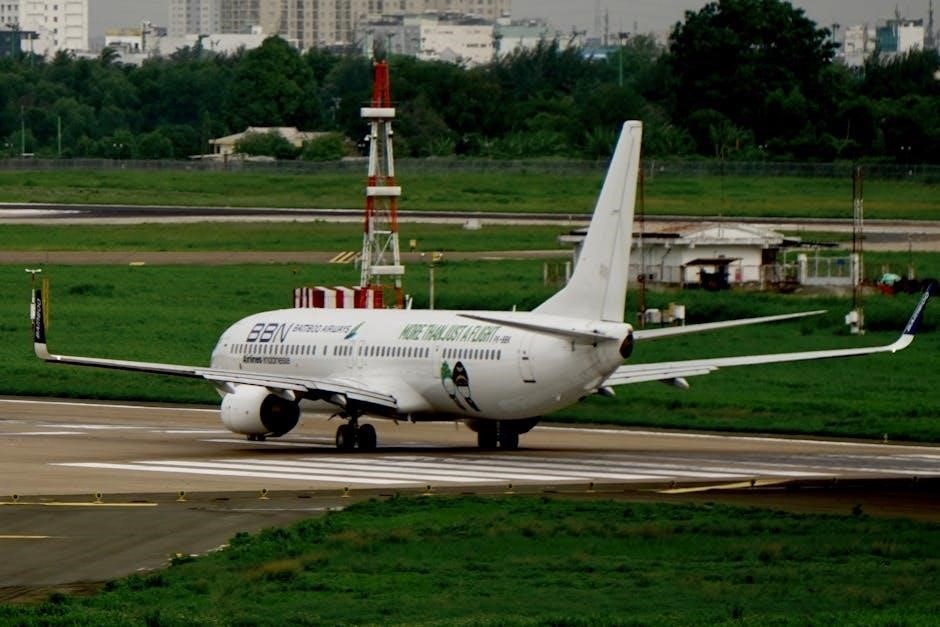
Customizing Your Honda Pilot
Customize your 2007 Honda Pilot to enhance functionality and appearance. Add accessories like roof racks, cargo organizers, or seat covers. Upgrade features to personalize your driving experience while ensuring safety and compatibility with Honda standards.
Accessorizing Your Vehicle
Accessorizing your 2007 Honda Pilot enhances both functionality and style. Popular additions include roof racks for extra cargo space, cargo organizers for neat storage, and seat covers for protection.
These accessories not only personalize your vehicle but also improve practicality. For example, roof racks are ideal for carrying bicycles or luggage, while cargo nets keep items secure.
When choosing accessories, ensure they are compatible with your Pilot’s design and safety features. Visit authorized Honda dealerships or trusted online retailers for genuine parts.
Accessorizing can also boost comfort, such as with premium floor mats or sunshades. Always follow installation guidelines to maintain your vehicle’s performance and warranty.
By selecting the right accessories, you can tailor your Honda Pilot to meet your lifestyle needs while preserving its reliability and aesthetic appeal.
Upgrading and Modifying Your Pilot
Upgrading and modifying your 2007 Honda Pilot offers endless possibilities to enhance performance and appearance. Start by considering engine performance improvements, such as air intake systems or exhaust upgrades, to boost power and efficiency. Suspension modifications can enhance handling, while interior upgrades like premium seat covers or advanced infotainment systems improve comfort and convenience. Exterior modifications, such as roof racks or alloy wheels, add functionality and style. For tech enthusiasts, integrating modern features like Bluetooth connectivity or driver-assistance systems can bring your Pilot up to date. Always consult the manual or a certified technician before making significant changes to ensure compatibility and safety. Upgrading wisely can transform your Pilot into a personalized vehicle tailored to your needs and preferences.

Environmental Considerations
This section emphasizes eco-friendly driving practices, proper waste disposal, and tips to minimize environmental impact. Follow guidelines to reduce your carbon footprint and comply with regulations.
Eco-Friendly Driving Tips
Adopting eco-friendly driving habits can significantly reduce your environmental impact while improving fuel efficiency. Maintain proper tire pressure to optimize performance and reduce emissions. Drive smoothly, avoiding sudden accelerations and hard braking, as this consumes more fuel. Use cruise control on highways to maintain a consistent speed. Avoid idling for extended periods, as it wastes fuel and releases unnecessary emissions. Plan your routes efficiently to reduce mileage and combine trips. Keep your vehicle well-maintained, as a tuned engine and clean air filter improve efficiency. By following these tips, you can contribute to a cleaner environment while enhancing your driving experience; Regular servicing ensures your Honda Pilot operates at its eco-friendly best.
Proper Disposal of Vehicle Waste
Properly disposing of vehicle waste is crucial for environmental protection. Always follow local regulations for disposing of batteries, tires, and hazardous materials like oil and antifreeze. Use authorized recycling facilities to ensure these items are handled safely. Drain fluids like oil and coolant responsibly, and never dispose of them in sewers or waterways. Check with local authorities for community collection events or drop-off locations. Avoid mixing hazardous waste with regular trash to prevent contamination. Participating in eco-friendly practices helps reduce your environmental footprint. For guidance, consult your local waste management agency or environmental protection organization; Proper disposal protects the environment and ensures compliance with regulations.
Final Tips for Optimal Vehicle Performance
To ensure your 2007 Honda Pilot performs at its best, regular maintenance is crucial. Follow the recommended service schedule, monitor fluid levels, and address any issues promptly. Drive smoothly, avoiding aggressive acceleration and braking to conserve fuel and reduce wear. Check tire pressure regularly and maintain proper alignment for even tread wear. Keep the interior and exterior clean to preserve aesthetics and functionality. Use genuine Honda parts for repairs to guarantee compatibility and reliability. By adhering to these tips, you can enhance your vehicle’s efficiency, safety, and longevity. Refer to your owners manual for detailed guidance on maintaining your Honda Pilot for years of reliable service.
Importance of Referencing the Manual
Referencing the 2007 Honda Pilot Owners Manual is essential for optimal vehicle operation and safety. It provides detailed instructions for troubleshooting, maintenance, and understanding advanced features. The manual ensures you stay informed about proper driving practices, safety precautions, and scheduled servicing. By consulting it regularly, you can address issues early, prevent potential problems, and maximize your vehicle’s performance. The manual also serves as a valuable resource for DIY maintenance and customizations. Whether you’re a new owner or experienced driver, the manual offers insights to enhance your driving experience. Always keep it handy to ensure your Honda Pilot operates at its best and remains reliable for years to come.
